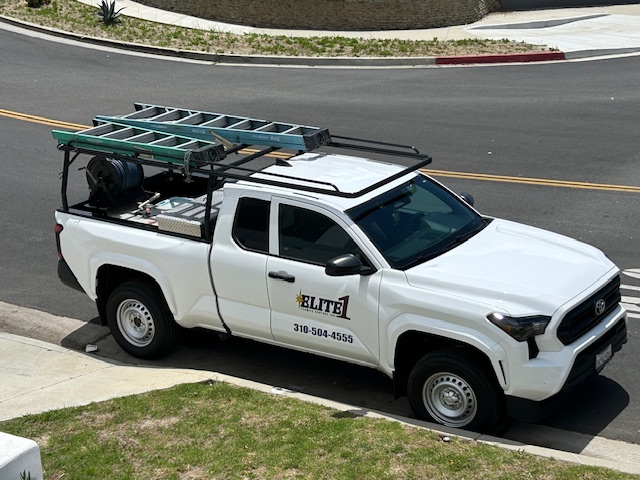The Pros and Cons of Fumigation Versus Localized Termite Treatments
Choosing the right termite treatment for your home is a critical decision that affects both the structure’s integrity and your peace of mind. Two of the most common approaches are fumigation and localized treatment. Each method has its place, and understanding the differences is key to making an informed choice when termites are discovered.
Fumigation is often viewed as the more aggressive solution, capable of eradicating widespread infestations, while localized treatment targets specific, contained areas. Both come with benefits and drawbacks, and the ideal solution will often depend on the extent of the infestation, property layout, and the long-term risk of reinfestation. This guide compares the two options side by side, offering expert insight to help you determine which route offers the most effective protection.

Understanding Full-Structure Fumigation
Fumigation is a whole-structure approach used when termites have spread throughout a building. The process involves enclosing the home in a tent and releasing a gas that penetrates every crevice to eliminate active colonies.
Benefits of Fumigation:
- Comprehensive treatment for widespread infestations
- Reaches inaccessible areas such as attics, walls, and crawl spaces
- Kills all life stages of termites, including eggs
- Fast and efficient when used correctly
Drawbacks of Fumigation:
- Requires vacating the property for several days
- Does not offer residual protection against future infestations
- May involve additional costs for food removal and pet boarding
- Not effective against drywood termites if the colony is deeply embedded
Fumigation is often recommended after annual termite inspections reveal extensive damage or active infestations in multiple zones. It offers a clean slate, but follow-up treatments or preventative options may still be necessary afterward.
Exploring Localized Termite Treatment
Localized termite treatment, also known as spot treatment, is applied directly to known termite activity. It involves injecting foam, liquid termiticides, or bait stations into walls, wood, or soil near the problem area.
Advantages of Localized Treatment:
- Minimal disruption to daily life
- Targeted application reduces chemical usage
- Cost-effective for isolated infestations
- Quick turnaround time and no need to vacate
Limitations of Localized Treatment:
- May miss undetected colonies hidden elsewhere in the structure
- Not suitable for large-scale or multi-site infestations
- Requires close monitoring and repeat inspections
- Less comprehensive than full fumigation
Localized treatments work best when termites are discovered early, especially during routine maintenance or property renovations. In regions with high termite pressure, like those experiencing prolonged drought conditions, localized methods can be paired with moisture control and regular inspections for improved defense.
Factors to Consider When Choosing a Method
When deciding between fumigation and localized treatment, several practical and environmental factors should be considered. These can greatly influence how effective the solution will be in the short and long term.
Key considerations include:
- Extent of infestation: Multiple points of damage may call for fumigation, while isolated sites may be controlled locally.
- Accessibility: Hard-to-reach areas might not respond well to surface-only applications.
- Time constraints: Localized treatment offers faster turnaround but may require follow-up.
- Property use: Homes with elderly residents, children, or pets may prefer localized methods to avoid exposure risks.
- Budget: Localized approaches typically cost less upfront, but severe cases can exceed fumigation costs over time if not managed correctly.
Professionals evaluate not only where the termites are now but where they might spread next. Combining detection tools and knowledge of termite behavior ensures the right method is selected for each property.
Combining Treatments With Preventive Measures
Regardless of the treatment you choose, prevention remains the most effective long-term strategy. A successful termite treatment plan doesn’t end once pests are removed. Continued inspection and environmental management are vital in reducing reinfestation risks.
Here’s how to support your treatment with preventative steps:
- Schedule yearly inspections with a licensed professional
- Address wood-to-soil contact and structural moisture
- Repair leaks promptly and seal cracks or crevices
- Use treated wood for decks, fences, and sheds
- Install physical barriers where possible to stop ground access
Long-term protection means more than reacting to active termites. It means creating a property environment that remains unattractive to them moving forward.
Take the Smarter Step Today
If you’re unsure which termite treatment fits your situation, consulting with a professional is the most reliable course of action. Whether your infestation is just beginning or already widespread, the right plan can prevent unnecessary damage and restore your home’s security. Contact Elite1 Termite Control, Inc. today for expert guidance tailored to your unique needs.

